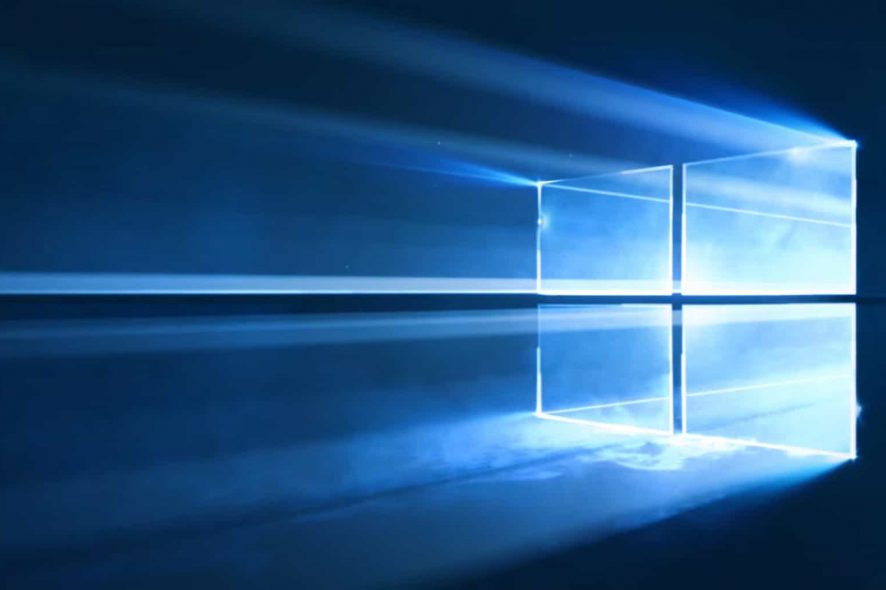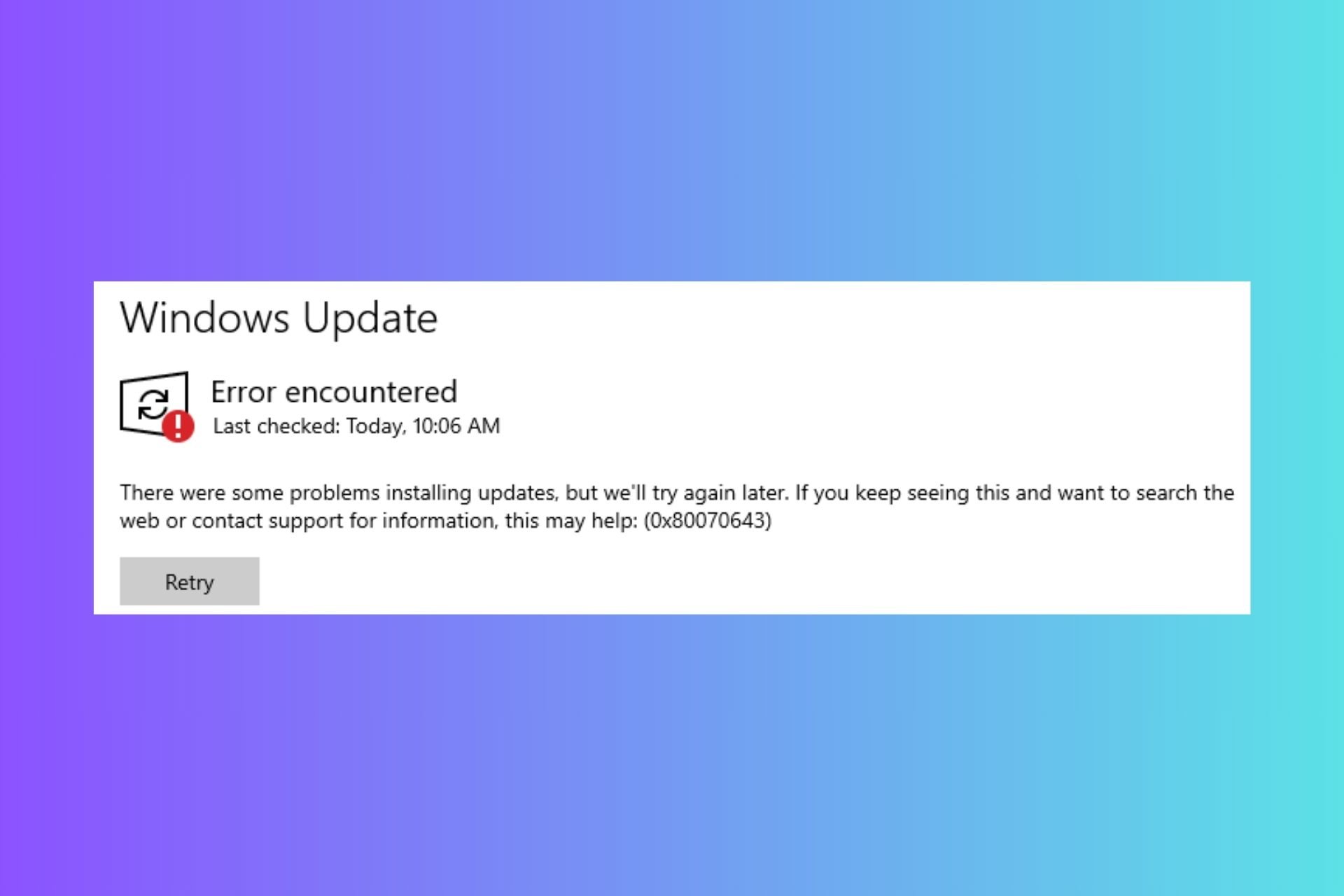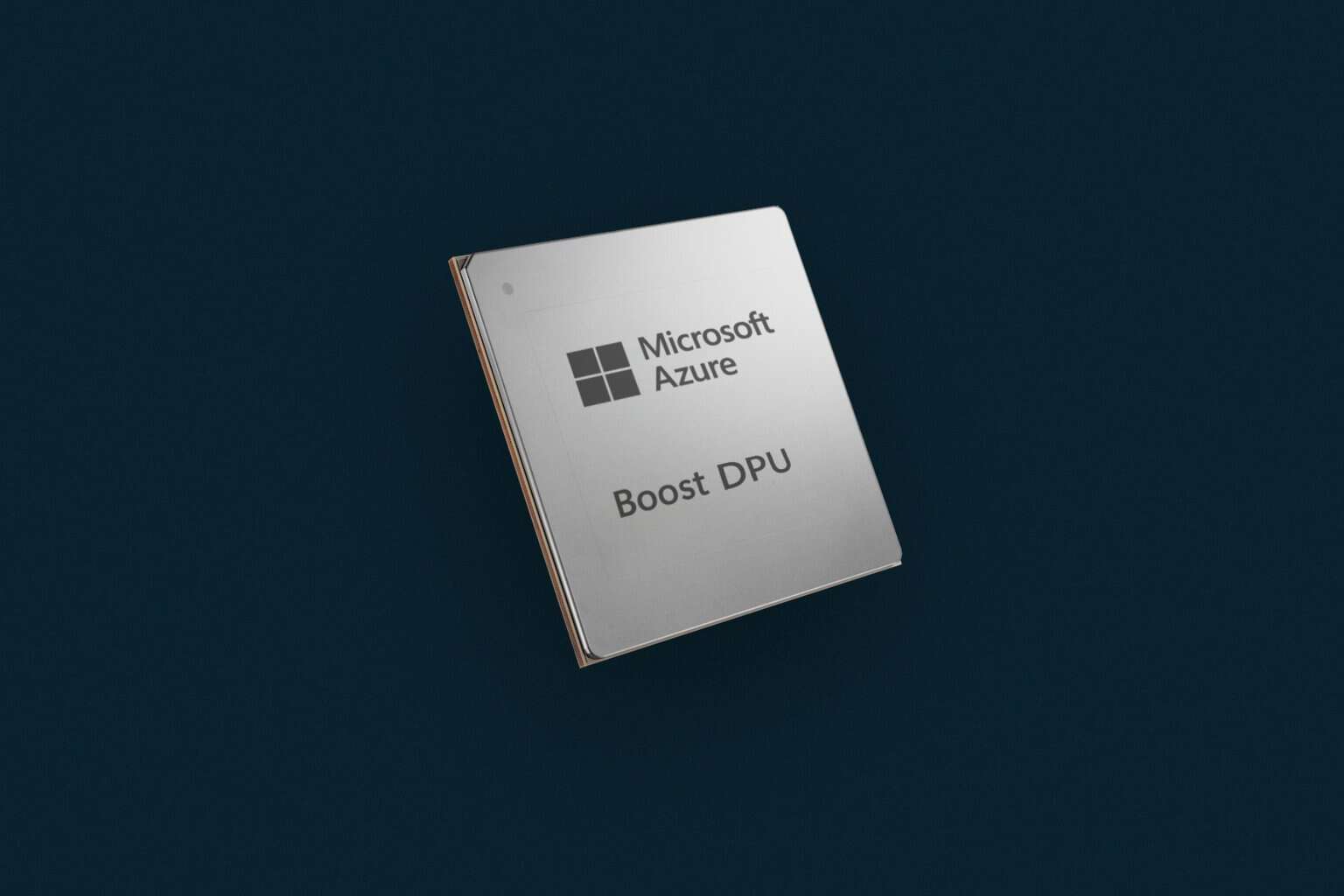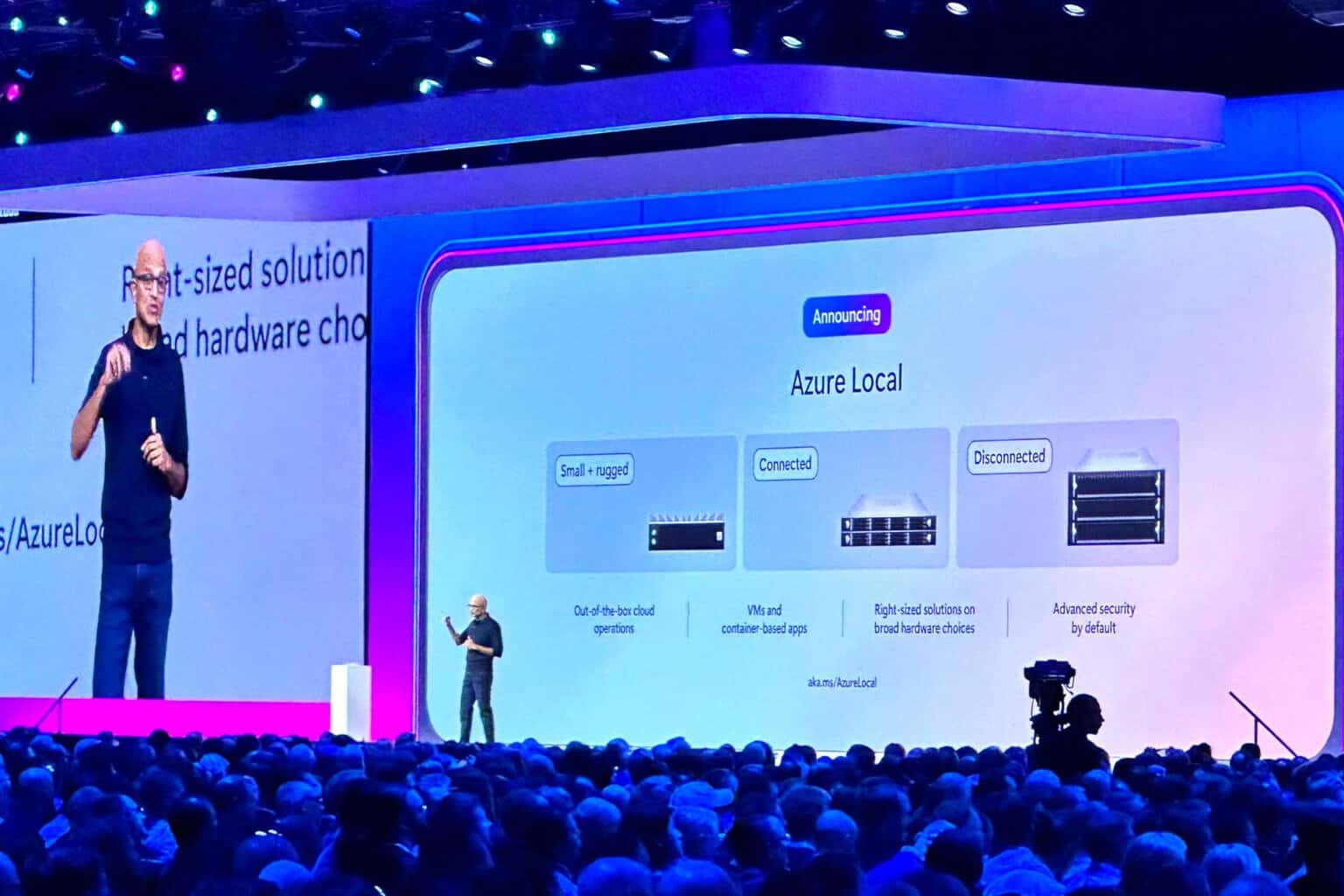Windows 10 Fall Creators Update fixes DirectX 9 memory allocation bug
3 min. read
Updated on
Read our disclosure page to find out how can you help Windows Report sustain the editorial team. Read more

The memory allocation problem is a persistent present since the days of Windows 8, showing how important an impact it had on the way memory was allocated by Windows to games.
Prior to Windows 8, memory was freely allocated to games depending on availability and requirements. That changed when people updated to Windows 8, 8.1, and more recently Windows 10.
The change specifically meant that the system would only allocate a maximum of 4GB of VRAM regardless of any other criteria. Being locked before this fixed amount caused problems for many gamers.
Fall Creators Update to the rescue
After a very long wait, it would seem that Microsoft has rolled back this change with the implementation of the Fall Creators Update.
The problem resided at the stem of the Direct3D API but has now been fixed so that it gives a more accurate reading of available memory.
Unfortunately, it doesn’t look like similar fixes will be made available for Windows 8.1, so the best course of action for those looking to solve this issue is to just upgrade to Windows 10.
It’s a big deal
For someone that doesn’t have more than 4GB of VRAM, this problem can seem unimportant. Machines with more than 4GB of VRAM are generally regarded as being upper echelon and most consumers don’t have such issues.
However, due to the way that machines with 4GB or less utilize a combination of RAM and VRAM, this problem affects those users as well.
Overall, any Windows 10 gamer should look to update to the new Fall Creators Update and receive this very important benefit.
The problem is older than most think
While the problem originated with the beginning of the Windows 8 era, it would seem that it has originated as a result of the developers trying to fix the already existing issue in Windows 7.
Here is what the Senior Software Engineer for Direct3D, Jesse Natalie, had to say about the situation dating as far back as Windows 7:
“This API was available on Windows 7, however it did not behave reasonably in the face of GPUs with more than 4GB of VRAM. During the Windows 8 timeframe, we noticed the trend in memory would lead to an overflow of several 32bit values across the graphics API surface area, so there was a concerted effort to sanitize and clamp rather than allow overflow. The clamp for D3D9 was just applied too early, resulting in allocation failures instead of just clamped reporting.”
It certainly took a while but it definitely seems like Microsoft has managed to put an end to this issue. Windows 10 has proven to be a real turning point for gaming with Windows in general, with Microsoft taking a deep interest in providing a great platform for gamers.
RELATED STORIES TO CHECK OUT:








User forum
1 messages